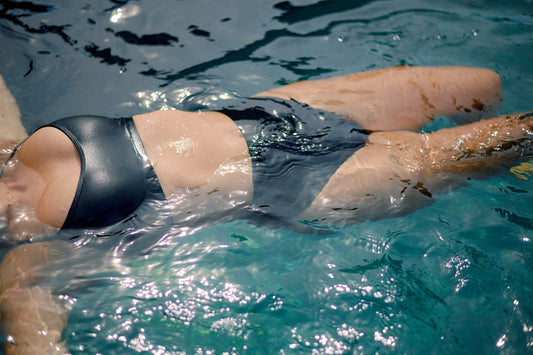
Period Poverty In Canada
Guest BloggerPeriod poverty is real, and it is a Canadian problem. One-third of Canadians under the age of 25 who menstruate struggle to buy enough products every month. It is a truly invisible form of poverty.
At its most basic level, period poverty is economic conditions where it is difficult or impossible for individuals to buy menstrual products. To put it more simply, it’s prioritizing food over tampons, housing over pads and the dozens of other decisions made to survive in the face of punishing deprivation.
The consequences of period poverty are myriad: missed school and work days, health problems and a decreased sense of self-worth are all associated with this phenomenon.
Before taking a closer look at period poverty, let’s go over a couple of basic facts and figures about menstruation. For most Canadians who menstruate, their first period occurs between the ages of 11 and 14 and will continue until about the age of 50. All in all, it’s estimated that folks who have a period will menstruate for six years of their life.
Consider the cost
The price of menstrual products is subject to change depending on your location in Canada. For example, if you’re looking to buy a box of tampons or pads in Nunavut you can expect to pay upwards of $15 to $18 per box. In Metro Vancouver the same items cost only $3 to $11 and can be even less expensive if purchased in bulk. Urban areas are more likely to offer a selection of stores, giving the shopper a chance to compare prices. Online stores are a good option in terms of lower pricing, but require a fixed address within the range of their delivery service and often, access to a credit card.
Consider the context
In an ideal world everyone would be using reusable menstrual products and, under the right circumstances, this would save individuals a very significant amount of money. For those who are living with period poverty using reusable menstrual products poses two main challenges. The immediate issue is cost—while spending $30 to $50 may seem like a small sacrifice to some it’s an insurmountable sum of money for others. The second issue has to do with hygiene—many individuals, especially if they’re living in a shelter, have no place to launder or clean reusable menstrual products.
Consider the health implications
Because this type of poverty can leave individuals with only a few tampons or pads to use over the course of an entire period there is also the potential for serious health problems. Toxic Shock Syndrome is a serious risk if tampons are being left in for an extended amount of time. Similarly, a pad that has been used for several days can cause urinary tract infections, fungal infections and even infertility in severe cases.
What’s being done to help period poverty in Canada?
On July 1, 2015, the Canadian government removed the so-called “tampon tax” from all menstrual products—including tampons, pads, sanitary belts and menstrual cups. While this was an important change symbolically, removing the GST from these items does little in the way of their affordability. There have been inquiries by the Canadian government into providing free menstrual products in the workplace, although no changes have occurred at this time. Recently, the provincial government enacted a policy wherein menstrual products are now available free of charge in British Columbia schools.
How can you help?
You can get involved with the fight against period poverty in your own community or you can help at a national level. Locally, getting in contact with Indigenous advocacy groups, LGBTQ+ organizations and domestic violence shelters is a great way to find out which items are needed. Across Canada, Plan International Canada, The Period Purse and Oxfam Canada are all well-established organizations who are working to end period poverty. We're particularly proud of the work being done in British Columbia by Period Promise, which has brought free products to schools and is a constant advocate for menstrual equity. (A quick content notice - many of these links use gendered language).
Furthermore, call your MPP, MLA, MNA or territorial representative to ask that your province or territory take action on period poverty - there are lots of concrete steps to take to ease period poverty.
Ashley Linkletter is a mental health, food, and nutrition writer based in Vancouver, BC.
Photo by Gabrielle Rocha Rios on Unsplash




